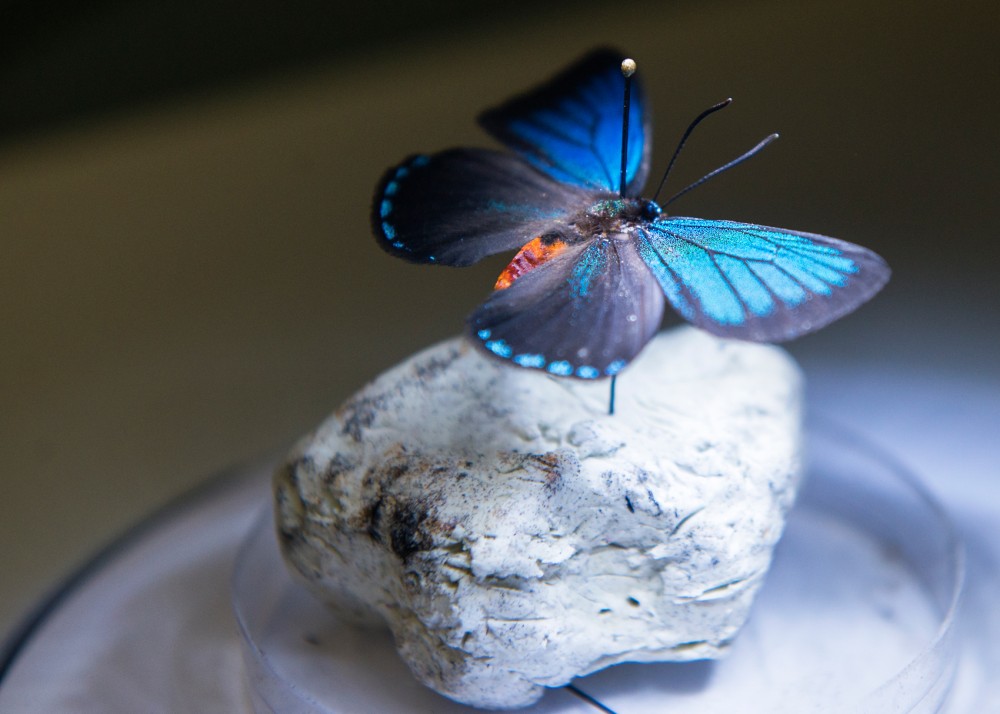While Emilie Snell-Rood was in Florida, she couldn’t resist trekking out to the mangroves to catch butterflies.
She knew she could find a specimen needed for a study she was conducting; her research found that nutrients affect fitness traits among some butterfly species.
According to Snell-Rood’s study, caterpillars that fed on plants with high nitrogen levels produced numerous — albeit smaller — eggs. In turn, the study found butterflies can procreate more productively if their environments have the right amount of nutrients available.
“This has been a labor-of-love project since starting,” Snell-Rood said.
Starting in 2011, Snell-Rood and her team traveled across the country to collect butterflies, examining traits from eye size to egg size in order to understand how nutrition affected the insect. The study collected more than 1,000 specimens from 96 different species.
“[It’s] kind of a ludicrous amount of data,” co-author Eli Swanson said.
Snell-Rood and Swanson said the study stands out compared to other butterfly studies because of its breadth of data.
“Research like this has been done in other groups like mammals, but nothing to this fine scale,” Swanson said.
Some specimens took years to track down. Snell-Rood said she would monitor a website that posted sightings of butterflies in Wisconsin. Even after taking the three-hour trip out there, the butterflies weren’t always there, she said. And when she did stumble across them, capturing them wasn’t always easy.
“You just had to catch them, running through a bog without breaking an ankle,” Snell-Rood said. “It is actually very hard to run through a bog.”
In addition to live specimens, the study received half of its specimens from the University’s insect collection, some of which were more than 100 years old.
Marcus Kronforst, principal investigator of the University of Chicago’s Kronforst Lab, said the study’s wide swath of species made it stand out.
“[It’s] really comprehensive,” Kronforst said. “This is spanning basically every family [of butterfly].”
The findings could suggest, Snell-Rood said, that environmental factors can affect the evolution of other animals — including humans.
“Even though this is in butterflies, it supports an evolutionary principle about nutrition shaping life-history evolution,” Snell-Rood said.
Snell-Rood also has her own lab at the University of Minnesota, where she and her team study how organisms can adapt to different environments, with a particular focus on butterflies. She said she may use some of the study’s data for other publications in the future.
“I think the next biggest thing that will come out of this data set … we have the brains of all these species,” she said. “That will be able to test the idea that nutrition affects brain evolution.”


